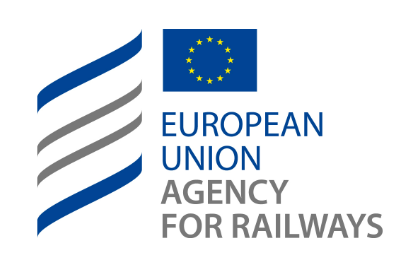The creation of an integrated European railway area also calls for improved “interoperability” – or technical compatibility - of infrastructure, rolling stock, signalling and other subsystems of the rail system, as well as less complex procedures for the authorisation of rolling stock across the European Union's rail network.
Over the years national rail networks have developed different technical specifications for infrastructure. Different gauge widths, electrification standards and safety and signalling systems all make it more difficult and more costly to run a train from one country to another. Specific EU legislation exists to promote interoperability and overcome such differences.
The European Railway Agency plays a central role in promoting interoperability and harmonising technical standards, a process in which cooperation between EU Member States and rail stakeholders is essential.
The European Railway Agency (ERA) based in Lille/Valenciennes, France, helps to build an integrated European railway area by reinforcing rail safety and promoting interoperability. Set up in 2006, ERA develops common technical specifications and common approaches to safety, working closely with stakeholders from the rail sector as well as with national authorities, the EU institutions and other interested parties. Featuring a dedicated Safety Unit, ERA also monitors and reports on rail safety in the EU.

